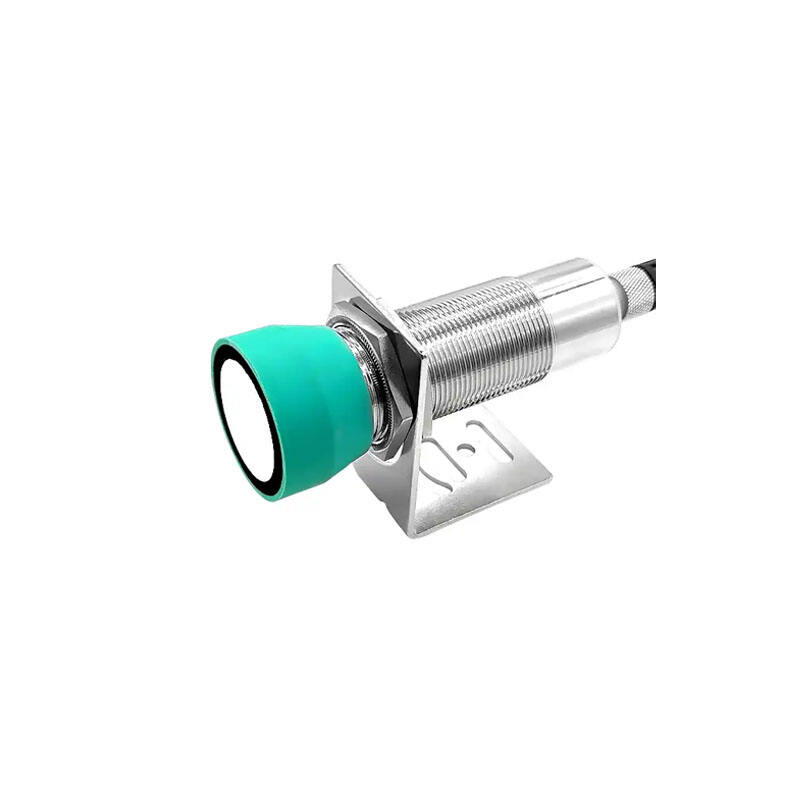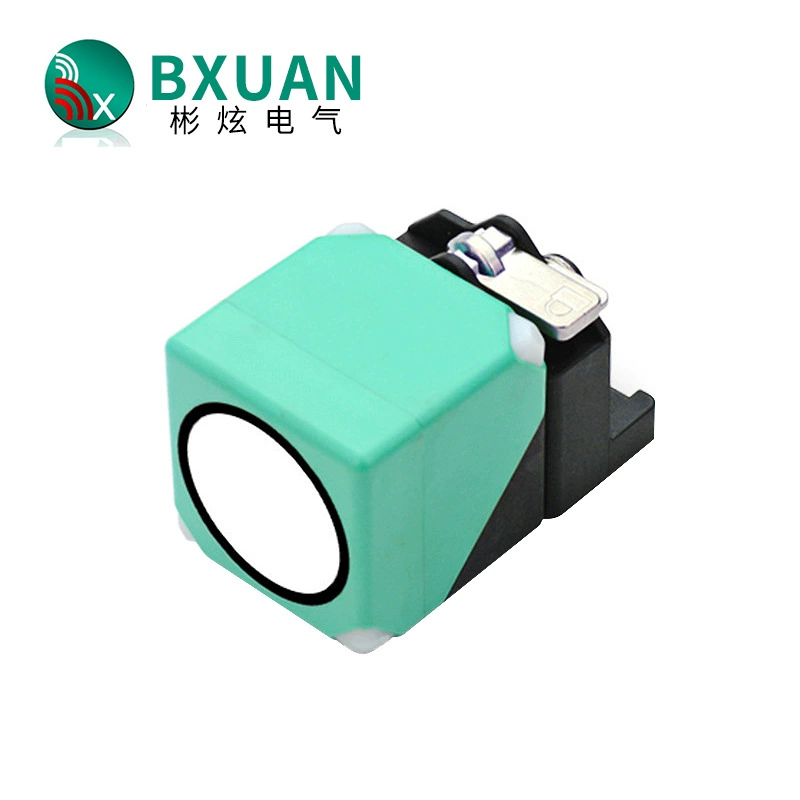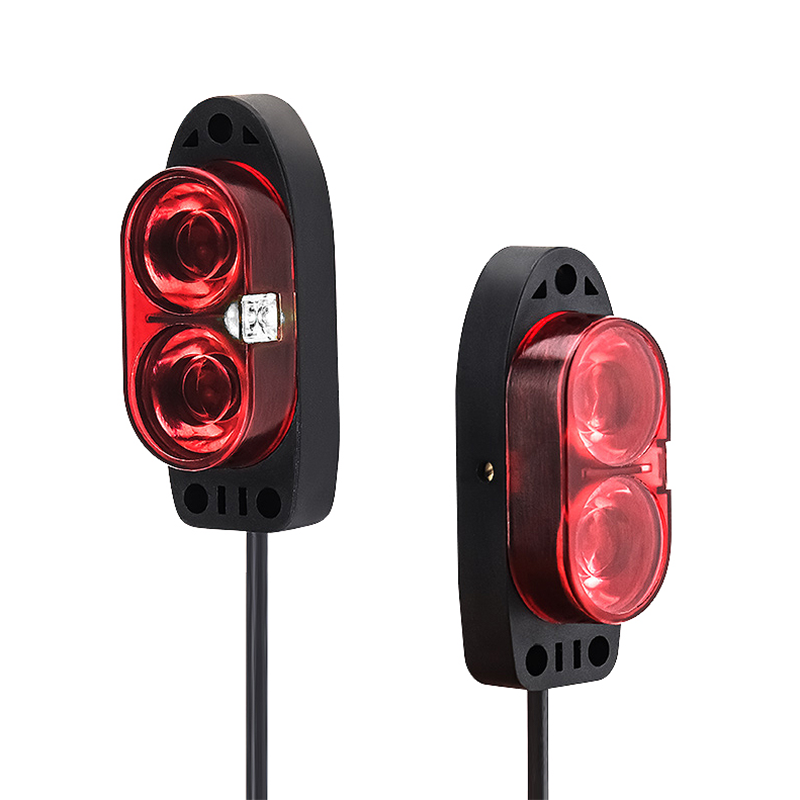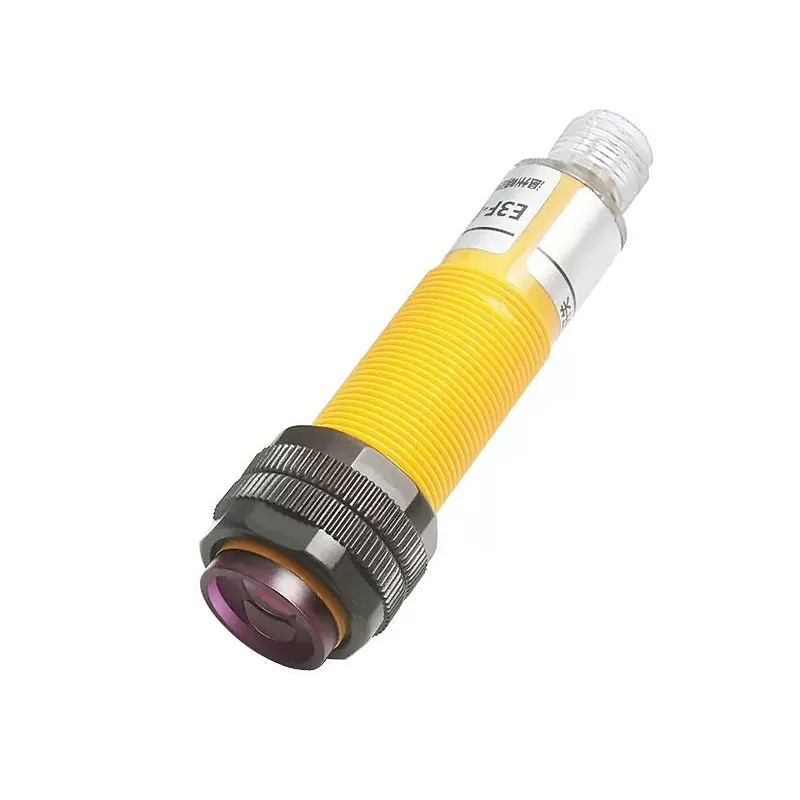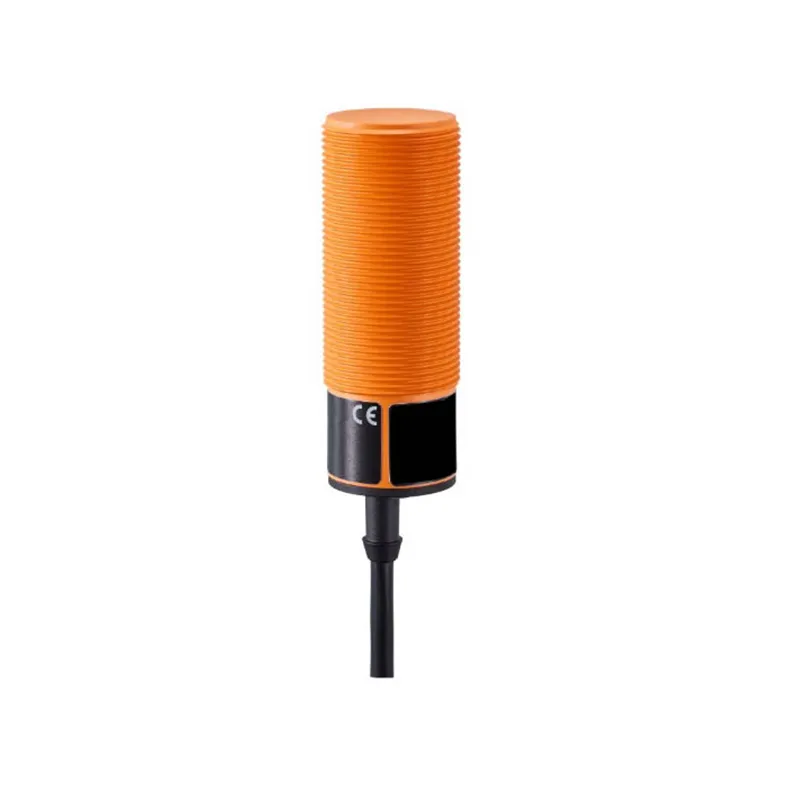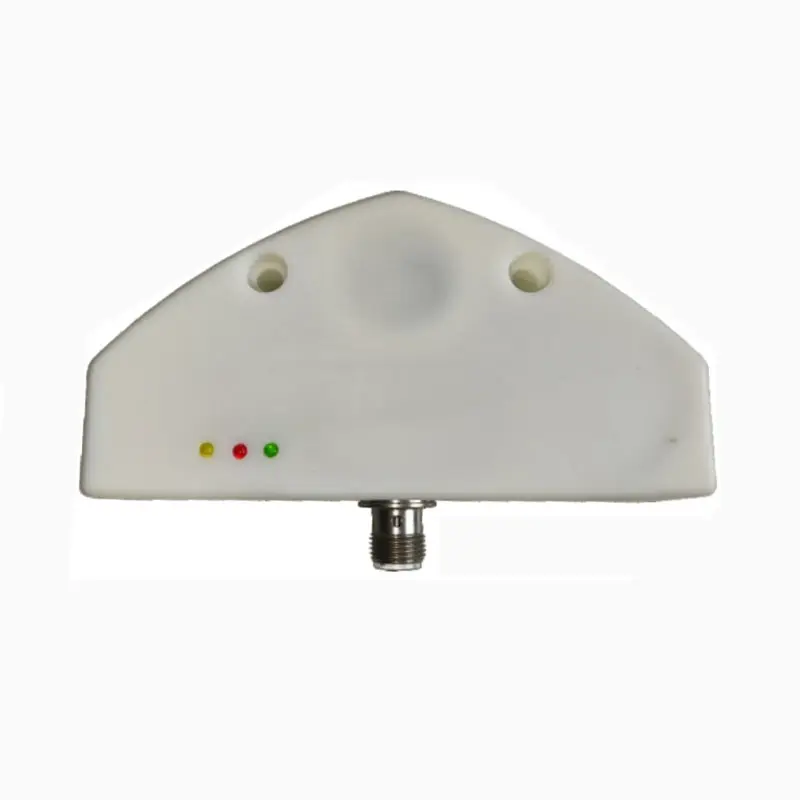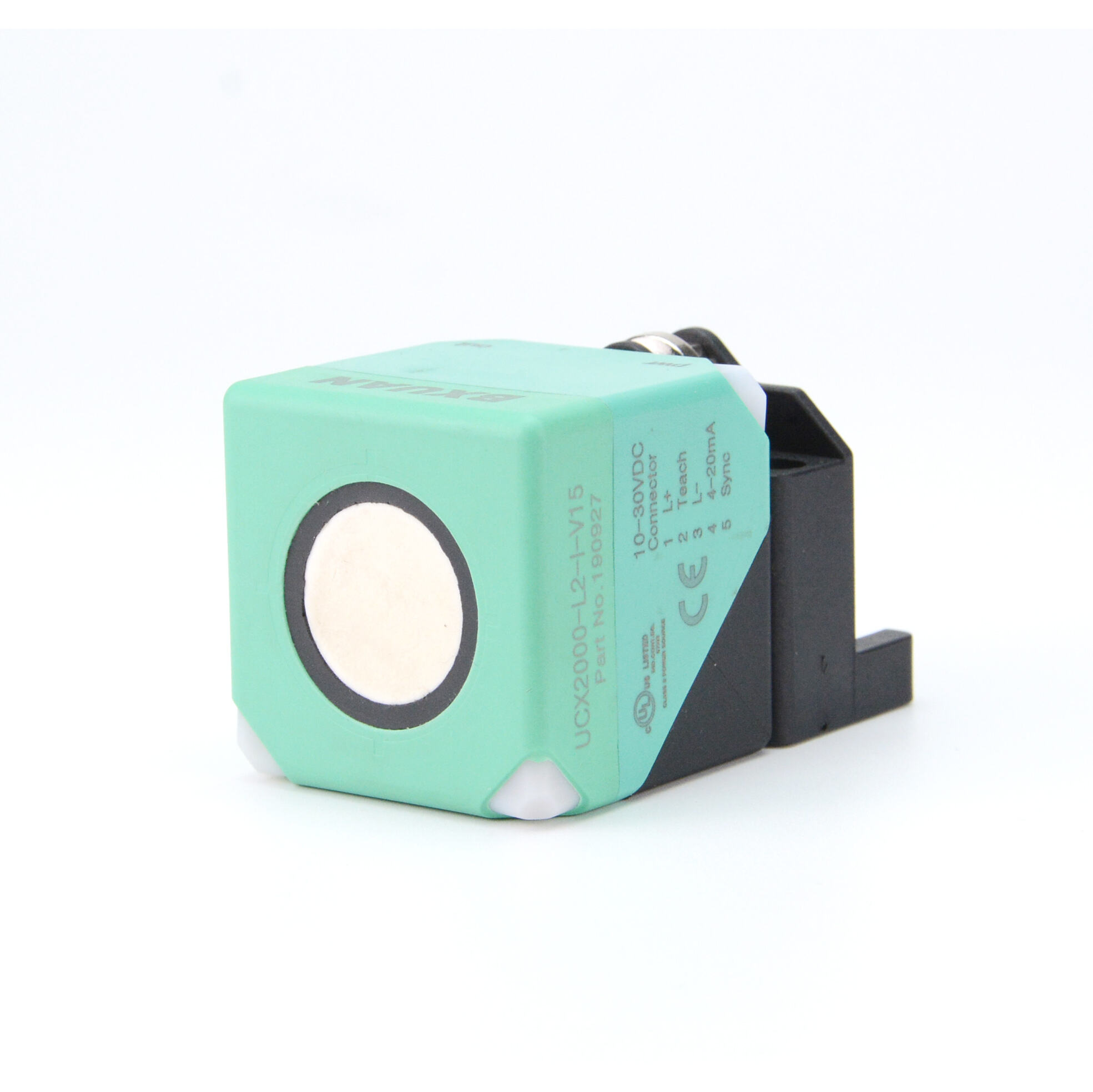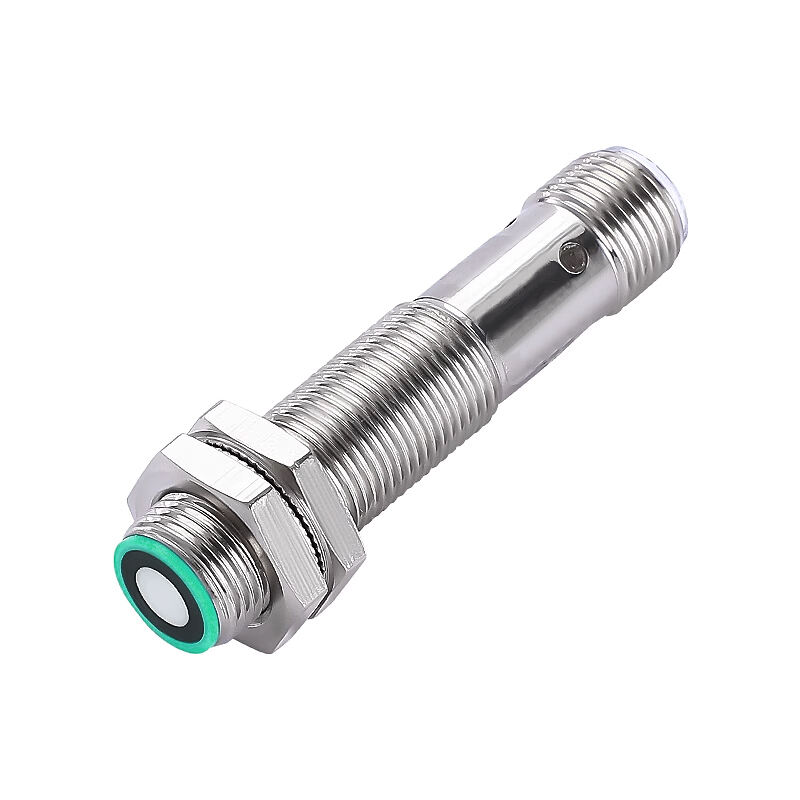ultrazvučni senzor razine goriva
Senzor razine goriva na bazi ultrazvuka predstavlja inovativno rješenje za točno mjerenje razine goriva u različitim aplikacijama skladištenja. Ovaj sofisticirani uređaj radi tako što emitira visokofrekventne zvučne valove koji se odbijaju od površine goriva i vraćaju do senzora, omogućujući precizno mjerenje udaljenosti između senzora i površine tekućine. Tehnologija koristi napredne proračune vremena prolaza kako bi odredila točnu razinu goriva s izuzetnom točnošću. Ovi senzori dizajnirani su za učinkovit rad s različitim vrstama goriva i konfiguracijama spremnika, osiguravajući stabilan rad bez obzira na uvjete okoline. Robusna izvedba senzora jamči pouzdanost u zahtjevnim industrijskim uvjetima, uz pružanje mogućnosti stvarnog vremenskog nadzora. Bez problema se integrira s modernim sustavima upravljanja voznim parkom i može bežično prenositi podatke na centralizirane platforme za nadzor. Nehavatni način mjerenja isključuje izravan kontakt s gorivom, znatno smanjujući potrebe za održavanjem i produljujući vijek trajanja uređaja. S točnošću mjerenja koja se obično kreće unutar ±1% ukupne visine spremnika, ovi senzori postali su ključni u optimizaciji procesa upravljanja gorivom u različitim industrijama.

